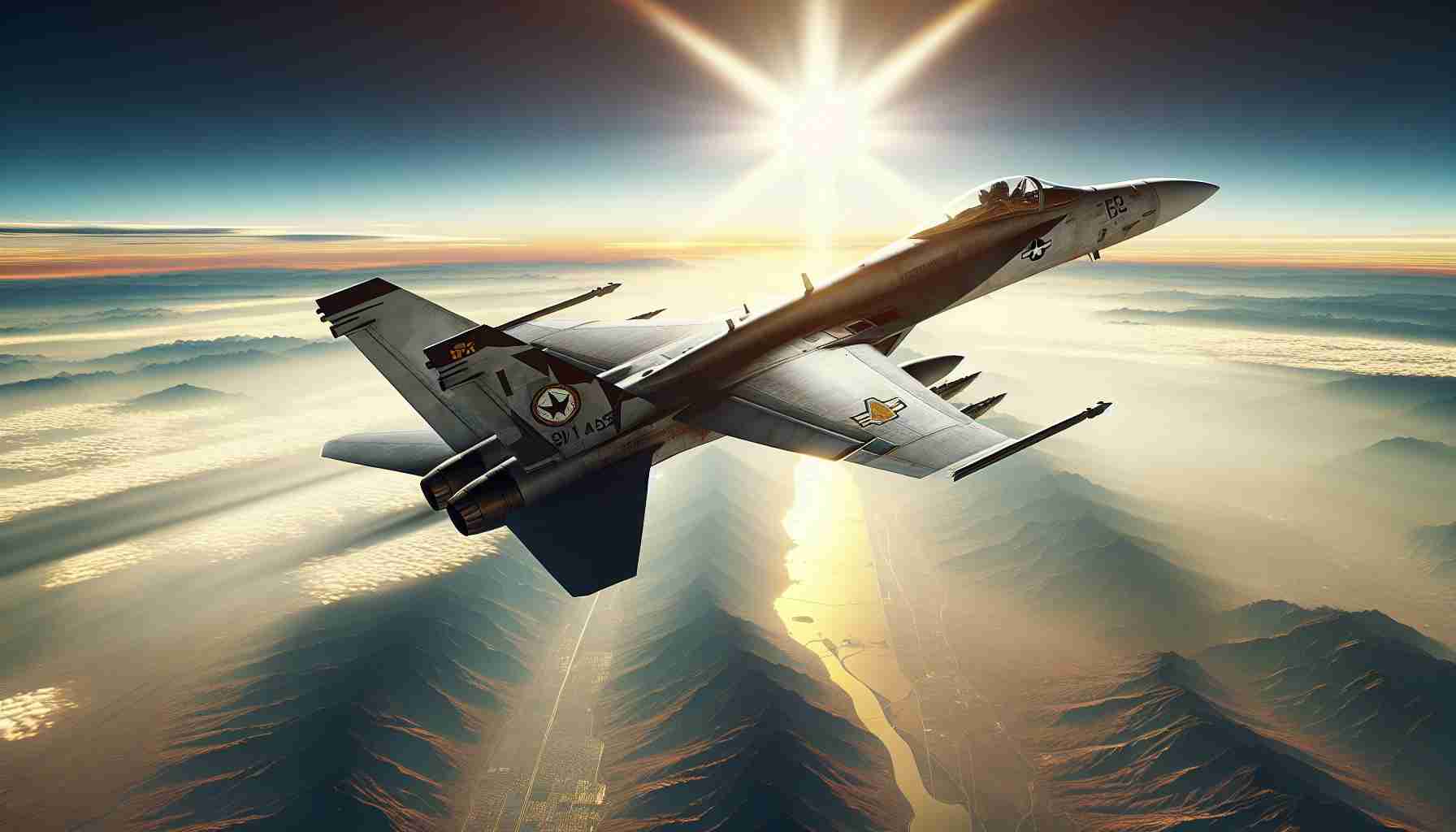In a decisive shift, the U.S. Navy has announced plans to independently develop its 6th generation fighter jet, the F/A-XX, setting it apart from the Air Force’s Next Generation Air Dominance (NGAD) program. The Navy’s decision could safeguard the F/A-XX from any turbulence arising from the NGAD’s ongoing review.
Strategic Independence and Future Plans
Rear Admiral Michael Donnelly, head of the Navy’s air warfare division, noted that the Navy plans to diverge from the Air Force’s technological path, particularly regarding an adaptive-cycle turbofan engine. This independence marks a strategic divergence designed to ensure a distinct and affordable solution for the Navy’s future air power needs.
The F/A-XX is envisioned to replace the aging F/A-18E/F and EA-18G aircraft, while complementing the capabilities of the F-35C within the Carrier Air Wings. Despite fiscal constraints and budget cuts pushing the program’s timelines, the Navy remains committed to moving ahead with its plans.
Industry Involvement and Budget Challenges
The Navy’s source selection process is currently underway, with proposals reportedly from industry giants like Boeing, Lockheed Martin, and Northrop Grumman. Nevertheless, the program faces significant budgetary hurdles, with drastic cuts affecting the proposed funds for its development over the next few years. The Senate has partially restored some of these cuts, but constraints remain a critical concern.
As the Navy pushes forward, the focus remains on ensuring the F/A-XX is a versatile, multirole fighter capable of fleet defense and long-range strike missions—equipped to handle the varied demands of modern naval warfare. In contrast to the Air Force’s plans for an optionally manned aircraft, the Navy envisions the F/A-XX as a fully manned platform at the forefront of a transformative era featuring a blend of manned and unmanned operations.
The U.S. Navy’s Big Bet: What Does the Independent Development of the F/A-XX Mean for the Future of Aviation?
In the ever-evolving world of military technology, the U.S. Navy’s decision to independently develop its 6th generation fighter jet, the F/A-XX, opens new doors to innovation and imposes unique challenges on both defense strategy and technology development. Here’s a breakdown of what this decision entails for humanity and technology, including some controversies and intriguing questions that arise from this groundbreaking move.
The Implications of Strategic Independence
By breaking away from the Air Force’s Next Generation Air Dominance (NGAD) program, the Navy is aiming for a fighter jet that reflects its specific needs, rather than adapting a shared technology that may not wholeheartedly fit its operational environment. This means greater customization and potentially swifter adaptation to naval missions; however, it also represents the risk of diverging too far from the collective benefits of shared advancements.
For technology, this independent route could foster a specialized innovation environment. The Navy’s pursuit might accelerate advancements in naval aviation-specific technologies, leading to breakthroughs in specific areas like carrier-based operations, durability in maritime conditions, and advanced avionics for naval warfare. The real question is: can independence provide the most sustainable long-term solution, or does it risk fragmentation of efforts and duplication of resources?
Advantages and Controversies
A significant advantage of developing the F/A-XX independently is the potential for a tailored platform specifically optimized for naval needs. This specificity could lead to a fighter jet that is more reliable, efficient, and effective in maritime operations than a one-size-fits-all solution.
On the flip side, the controversy lies in resource allocation and strategic coherence. Independent paths may lead to duplicated efforts across military branches, with parallel developments potentially wasting resources and time. Moreover, budget cuts and financial constraints already loom large, and this independent project could stretch those funds even thinner. Questions like “Will the F/A-XX add enough value to justify the expenditure?” and “How will resource allocation impact other Navy priorities?” become crucial to consider.
The Naval Aviation Challenge: Manned vs. Unmanned
The F/A-XX’s commitment to being a fully manned aircraft raises vital questions about the future of aerial combat. While the Air Force leans towards optionally manned aircraft, the Navy’s vision aligns with a traditional approach, even as autonomous technology advances at breakneck speed.
This decision could significantly affect the pace and direction of drone technology research. Critics might argue that clinging to manned aircraft limits potential for innovation and increased operational safety afforded by drones. On the other hand, advocates underscore the unparalleled adaptability and decision-making capabilities human pilots bring to complex combat scenarios.
Looking Ahead: Navigating Through Uncertainties
As the Navy refines its strategic plans, questions about collaboration versus independence in technology development will remain pivotal. Could unilateral development become a broader trend, or will future collaborations be inevitable due to increasing complexity and costs of military innovations?
In summary, the F/A-XX program opens up a dynamic dialogue about military strategy and technology development. It’s an exploration of the balance between tailored innovation and resource efficiency, human skill and machine autonomy—issues that will undoubtedly influence broader technological landscapes beyond military applications.
For further insights into the intricacies of military technology and strategic decisions, visit Defense.gov or explore the latest on aviation developments at Boeing.com.







